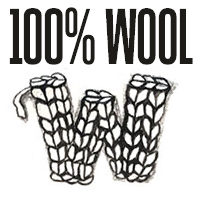Today on our EU tour of sheep and wool we are in Sweden, where the word for sheep is får and the word for wool is ull.
Wikipedia list the following breeds as being native to Sweden – Dala-fur; Gotland; Gute; Roslag and Rya. However, several additional Swedish breeds are mentioned in the fantastic The Fleece & Fiber Sourcebook by Deborah Robson and Carol Ekarius – the Svärdsjö, Åsen, Värmland, Helsinge, Gestrike and Swedish Finewool sheep – and this website brings that list up to an incredible fourteen breeds, adding the Klövsjö; the Jämtland and the Fjällnäs.
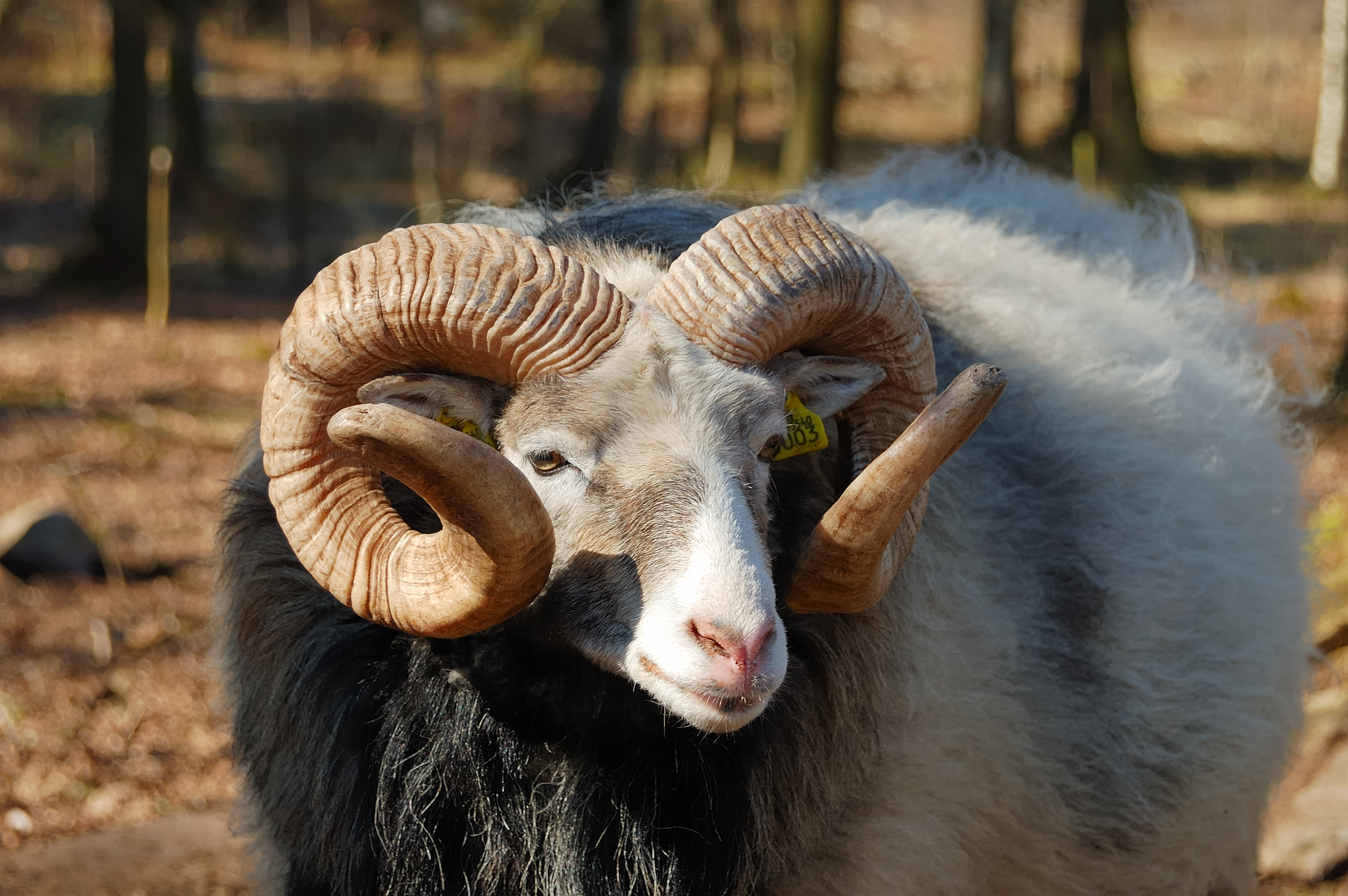
Many of these breeds are highly regionalised, and have adapted to very particular places. Preserving the rich genetic diversity of these different sheep breeds has been a focus for agricultural research, and a 2012 report gives context for the diversity within Sweden’s range of sheep breeds and describes a proactive conservation approach that’s been in operation since the 1990s:
Sheep have played a very important part in rural history. In Sweden there were many kinds of small native breeds, kept for their meat and fleece. Women cared for the flock that often had very little to feed on during the cold and sometimes harsh winter months. This meant that these sheep over time acquired special phenotypic properties depending on the environment they lived in, and easily fed compared to modern breeds kept for meat. Most of these sheep have since become extinct. Since the rediscovery of the 9 breeds we have today, a lot of work has been done to preserve the biological diversity of them…
…The native Swedish breeds of sheep were in the beginning of the 1990’s very near extinction. Nils Dahlbeck set out to find sheep he remembered from his youth. He was looking for coloured sheep and horned rams, which he didn’t see in production sheep at this time. He received information about small coloured sheep and rams with horns from different places in Sweden. He categorized them as Rya sheep, Skogs sheep and Dala Päls sheep. Dahlbeck wrote that Rya sheep, originally known as Swedish Native Breed, bred in the 1920’s from Dala Päls sheep in Skattungbyn and the Norwegian Spelsau. Skogs sheep were the remainder of the Swedish Native Breed that used to be spread over the whole north of Sweden with characteristics very close to the Spelsau with a short tail and wool free face and legs. Dala Päls sheep could be distinguished from the Skogs sheep by their shorter curlier fleece (Dahlbeck, 1993). In 1995, shortly after Dahlbeck’s publication, the association of Swedish local sheep breeds (Föreningen Svenska Allmogefår, FSA) was founded. Only three of the local breeds were known then. Today there are nine, some of which are acutely threatened with extinction (FSA homepage).
– Genetic Variation in Local Swedish Sheep Breeds, Linnea Dahlberg, 2012
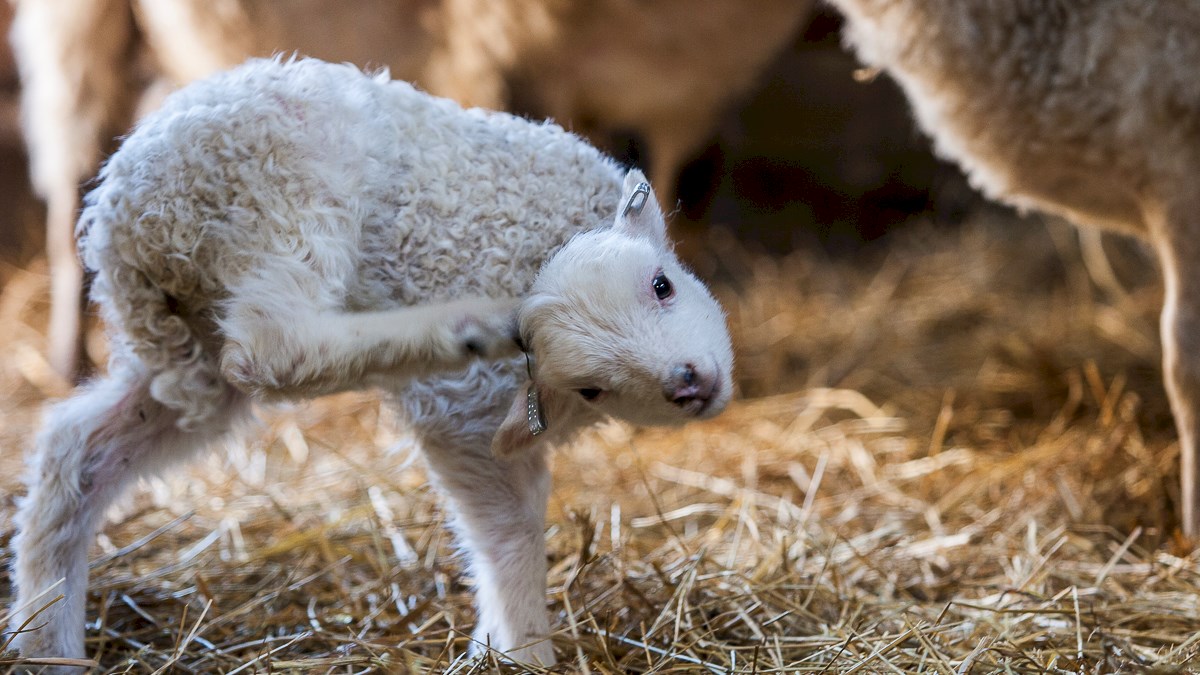
But what about the wool?
In the Fleece and Fiber Sourcebook, we learn that some of the wool from Dala sheep has “an unusual amount of luster”; that the Gute sheep has a mixed fleece containing very fine wool, coarse wool and kemp; that the Roslag is also double-coated and has fibres up to 15″ (38cm) long; that the Rya sheep produce “excellent rug wool” (perhaps accounting for its other name of “Swedish Carpet Wool sheep”); and that the very rare Svärdsjö breed and other forest sheep breeds collectively have (as you might expect) a rich diversity of wool qualities and colours. Also, the Gotland breed that hails from the Swedish Island of Gotland has an amazing lustrous, curly fleece that has become world famous for its use in many of the costumes produced for Peter Jackson’s film adaptation of The Lord of The Rings. (The actual flock whose wool was used now lives in New Zealand, but the breed originates from Gotland, a province of Sweden).
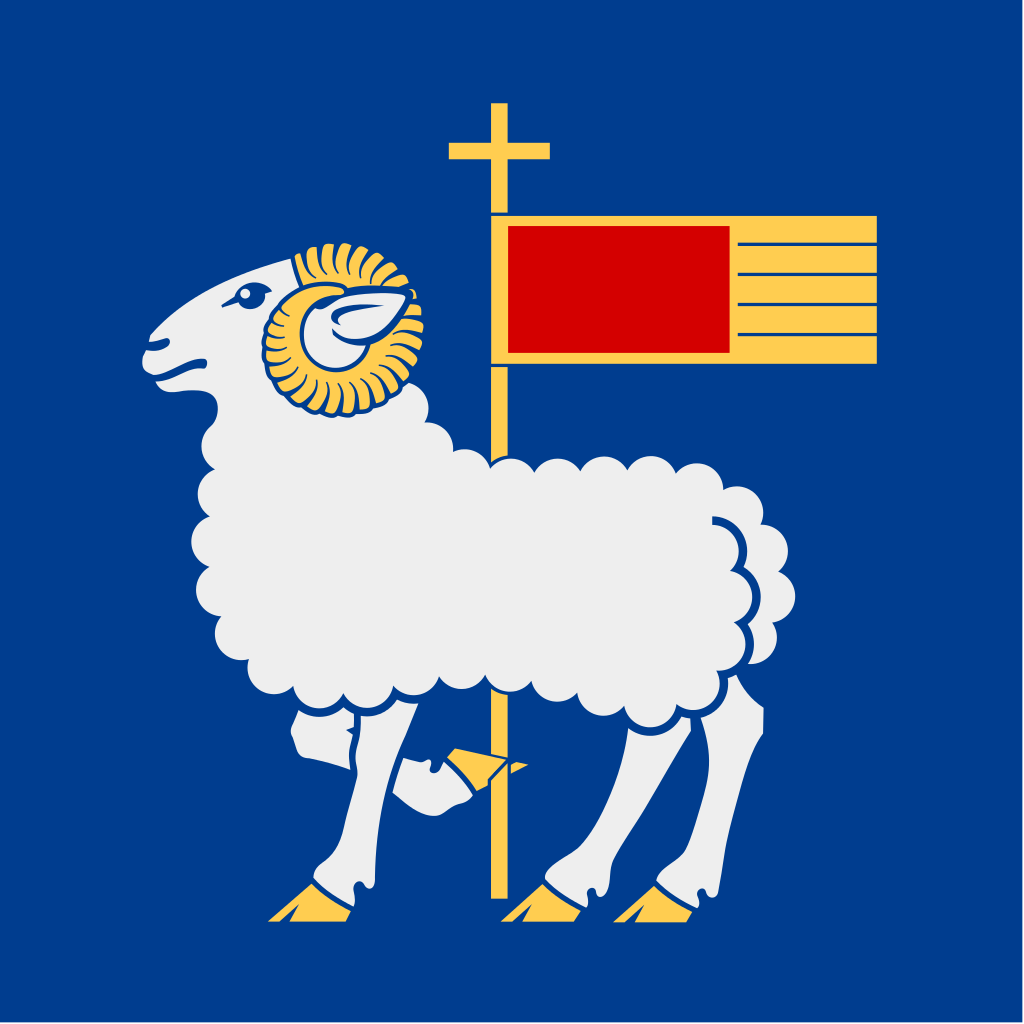
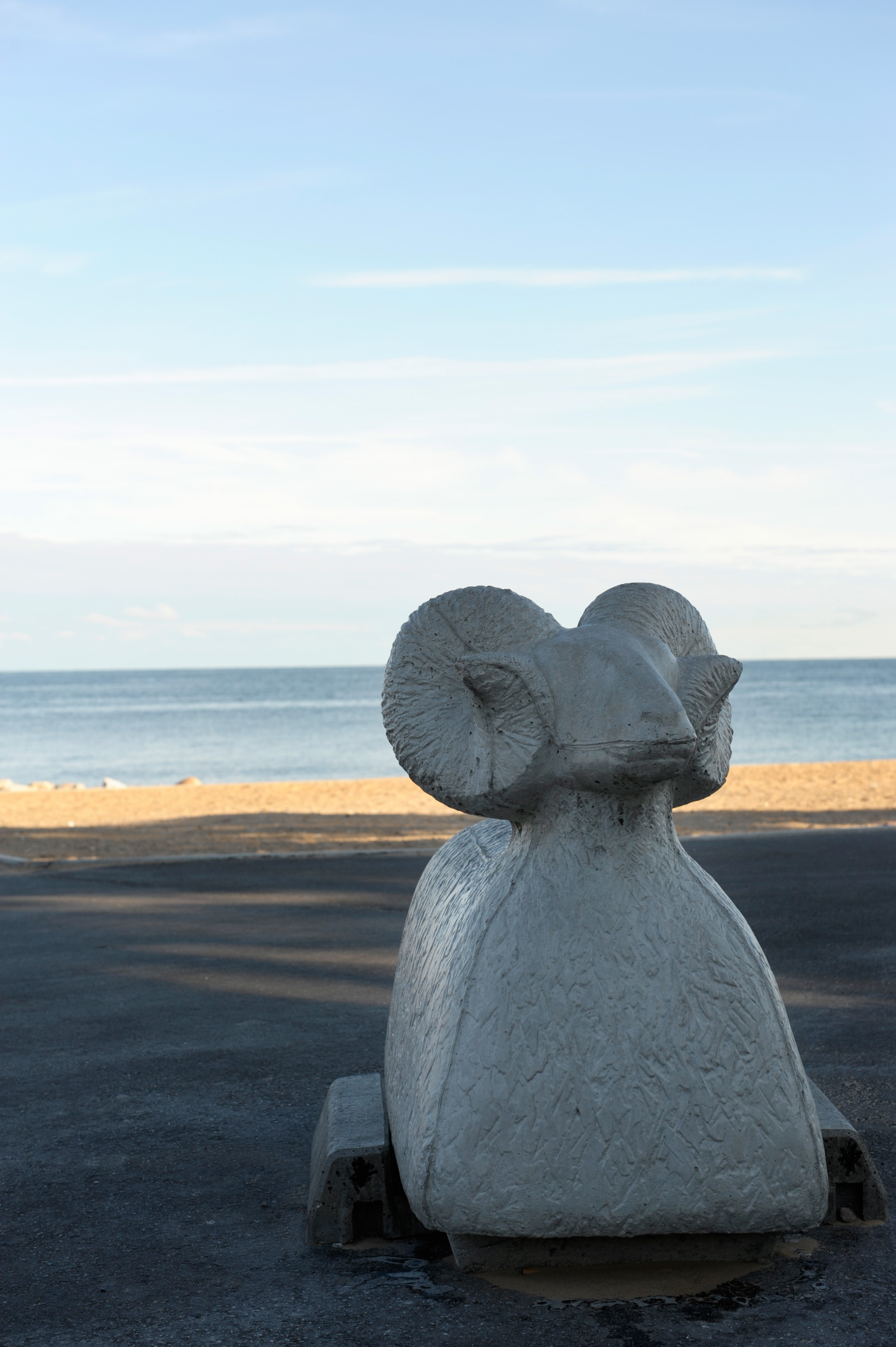
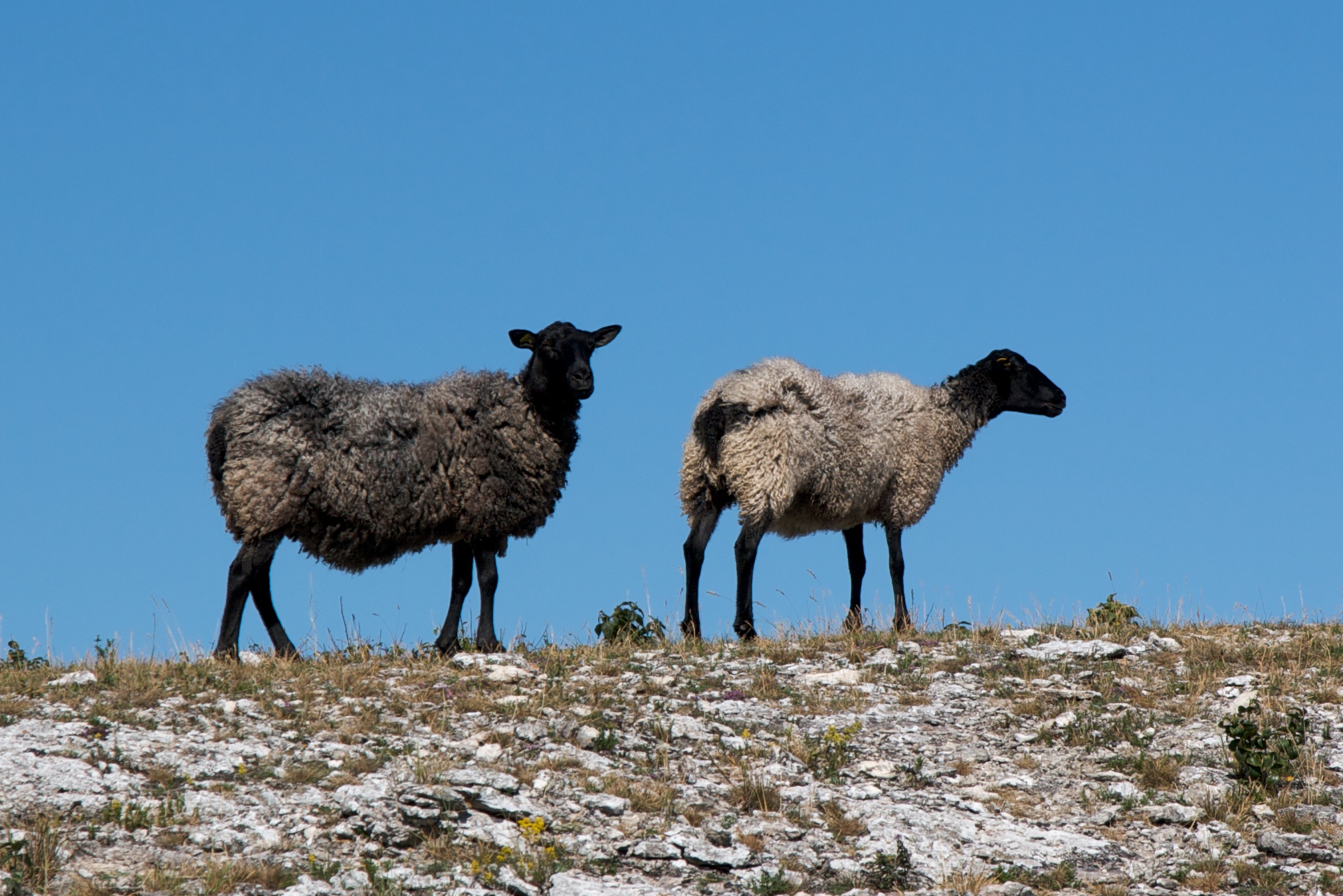
For all this richness, however, Swedish shepherds – like shepherds in so many of the EU countries that we have been exploring on this tour – are currently burning or throwing away 75% of the clip. This article for Swedish Television News summarises the various causes of this situation and it’s interesting to read the various causes for this sad waste of wool:
It’s estimated that almost 75 percent of all the wool that’s produced in Sweden is either burned or thrown away, mainly because Swedish sheep farmers are having trouble finding buyers, Swedish Television News reports.
Sweden produces approximately 600 tonnes of wool every year, but it’s estimated that only about a quarter of it is actually being used – the rest is either thrown away, buried or burned.
In neighbouring Norway, the figures look completely different. There, the country’s textile industry uses about half of all the wool that’s produced and the rest is exported to the UK.
So, why can’t Swedish sheep farmers follow suit? According to Nina Östman, who runs a small sheep farm in central Sweden, it’s mainly because Sweden doesn’t have an organisation or a network that helps farmers get in contact with potential buyers.
“We don’t have the right tools to compete on a global market. We need some kind of national sheep association to reach more buyers,” Östman says.
In Norway, the agricultural cooperative Nortura fills that role.
But a nation-wide network of buyers and sellers or an organisation is not the only thing that could improve the situation, according to Östman. She would also like to see special depots where farmers can drop off their wool, and a Swedish classification system for different kinds of wool.
Many farmers are also having trouble finding places to get their wool washed or to find wool mills that can refine their products, according to Swedish Television, SVT.
Nina Östman showed Swedish Television News dozens of bags full of wool that she has saved because she hasn’t found a buyer and because it’s been to difficult for her to throw away.
“It’s a shame that people can’t seem to grasp the value of Swedish wool and that so much of it just goes to waste, it’s terrible,” she says.
We were really inspired to discover lots of small businesses attempting to tackle this problem and create value for Swedish wool by explaining its provenance and origins, preparing it for craft use, and writing about the origins and provenance of Swedish sheep as part of their marketing strategy. Swedish Fibre seems to be on a break at the moment, but the information about different breeds that is shown on the website is really interesting, and the Etsy shop associated with this website is a really excellent example of using the Internet to put wool from the land directly into the hands of those who want it. A similar enterprise is Swedish wool and yarns, where wool from several of the sheep mentioned above can be purchased as spun yarn.
A larger commercial venture established to tackle wool waste and to harness this beautiful local product is Ullcentrum:
Ullcentrum was set up by Ann Linderhjelm in July 1998 . Ann has always had a genuine interest in natural materials and when she realised that the farmers threw away or burned a lot of the raw wool, she started thinking about how it could potentially be used.
Ann started by collecting the raw wool mainly from Öland but also regionally from around Småland and Blekinge. She then continued by creating Ullcentrum entirely from scratch, prioritising product development and design, thus creating a market for the local wool. Eventually a range of felted wool, yarn and knitted products was launched.
We were also really interested to read about Woolpower – a business in Sweden aiming to specialise in sustainable woollen garment production. The wool used in their products seems to mostly be produced from “mulesing free merino sheep that graze in the Argentinian part of Patagonia and Uruguay” but the company is producing everything in Sweden, and attempting to show complete transparency in how their woollen garments are produced. Also, they recycle the wool from garment production to make these woolly insoles, and surely that is, if you’ll forgive the pun, a really positive step for the use of wool in the fashion industry.
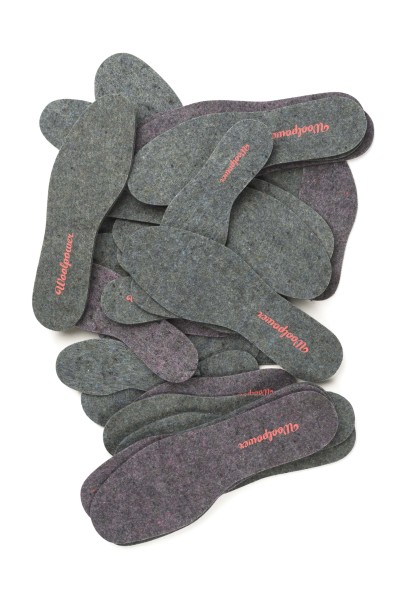
As ever, we welcome your comments and corrections and hope you are continuing to enjoy our tour of EU sheep and wool!
